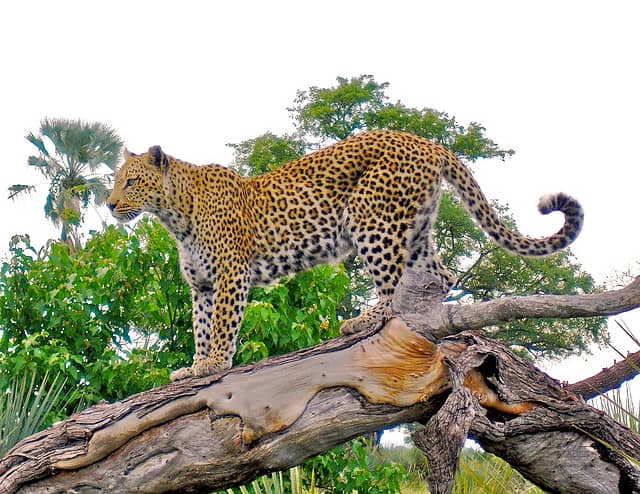Can Wild Animals Learn to Target Humans for Food?
OutdoorHub Reporters 11.08.12

Wild animals often come into conflict with humans when acting in self-defense or in defense of their young. Other times, it’s a case of mistaken identity (like most shark attacks), sickness, or inability to hunt anything larger than a human; who can be easy targets, especially for large cats.
While most animals keep humans out of their diet, there are those chance encounters when a human gets eaten. Those rare instances raise the question of whether animals can learn to actively hunt humans for meat. The only known legitimate man-eater and hunter is the polar bear, which have been known to actively follow humans, although the two species have very little contact.
In the United States, wildlife officials typically exterminate animals like predatory bears (mostly grizzly bears) when they are determined to be connected with the consumption of a human being. This is usually done for two reasons: one, so that any body parts of the victim may be recovered, and two, so that the animal does not take a fancy to the taste of human flesh and blood.
“It is not out of the realm of possibility that some individual animals may learn to target humans,” George Burgess, director of the Florida Program for Shark Research, told Discovery News. “Large cats may come to view us as easy pickings under some circumstances.”
Such a theory may be applicable in the case of a leopard believed to be stalking and eating humans in the Baitadi district of northwestern Nepal on the border with India. In the past 15 months, it is believed that one or two leopards in the district have killed and eaten 15 people, most of them children. The oldest person killed was a 29-year-old woman.
Wildlife officials in Nepal most recently found the head of a 4-year-old boy in the forest near his home in the district. Officials there are grappling with how to get the beast to stop his ravenous consumption of humans, but they believe the animal has come to target humans for the taste.
“Since human blood has more salt than animal blood, once wild animals get the taste of salty blood they do not like other animals like deer,” Maheshwor Dhakal of the Department of National Parks and Wildlife Conservation in Kathmandu told reporters.
Big cats and crocodiles are the most common man-eaters. Tigers specifically are considered to have killed more people than any other big cat, while crocodiles generally do not discriminate between who or what they will eat. They will likely attack anything of reasonable size that comes into its strike zone.
Just like any food we’ve tasted once and tend to return to, animals may also develop a penchant for eating humans. If the behavior is passed down generation to generation, it puts humans in greater danger in an animal encounter.

